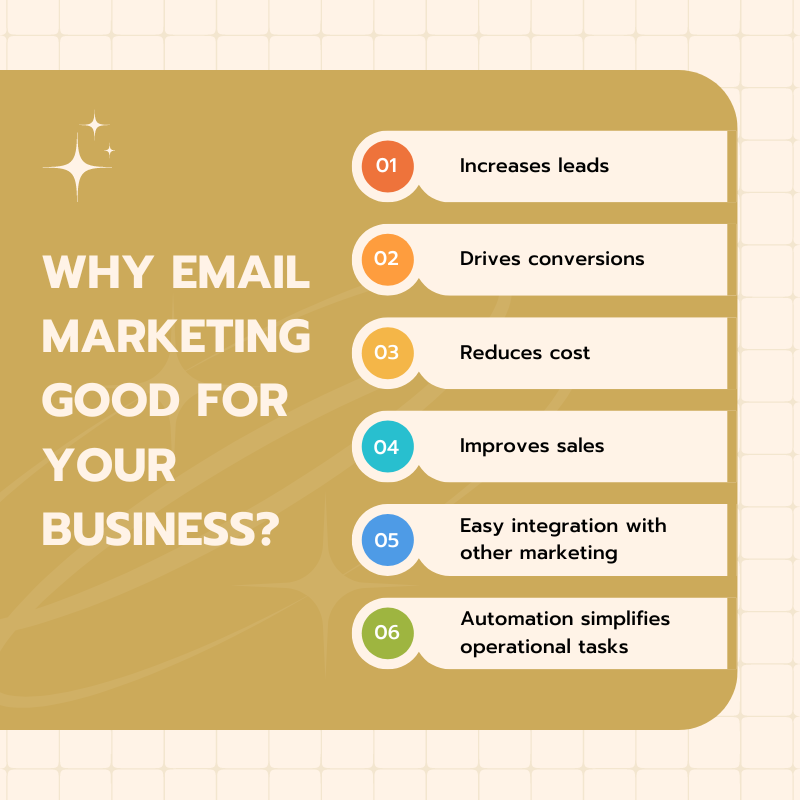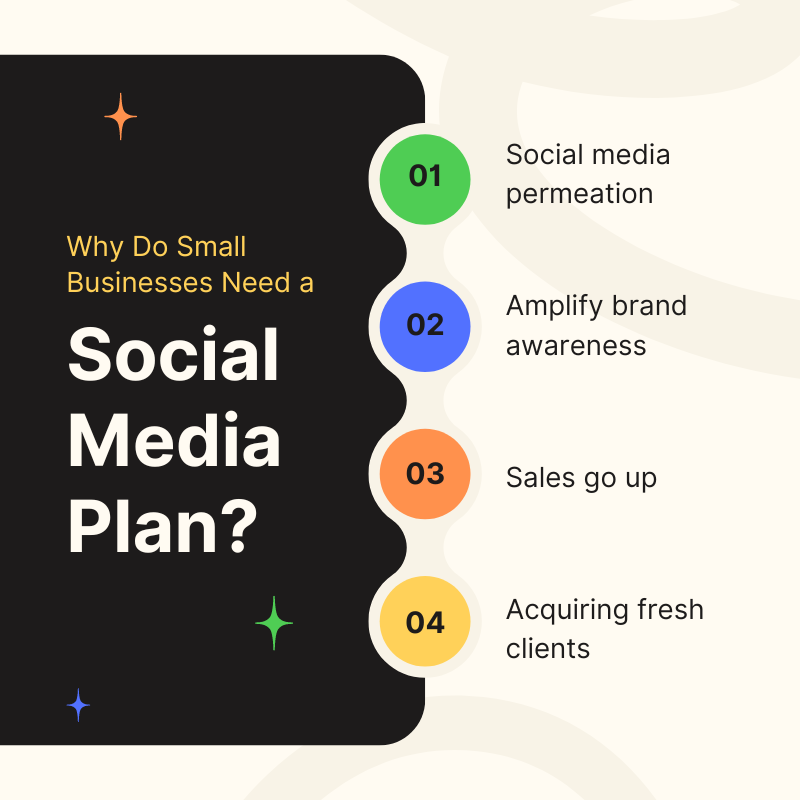The Importance of Mobile-Optimized Websites
Discover Why Mobile Optimization is Crucial for Modern Websites and How It Can Boost Your Business Success

In today's fast-paced digital world, having a mobile-optimized website is no longer optional—it's essential. With more people accessing the internet via their smartphones than ever before, businesses must ensure their websites are not just accessible but optimized for mobile devices. In this article, we'll explore why mobile optimization is crucial for modern websites, how it impacts user experience, and what steps you can take to ensure your site is mobile-friendly.
The Rise of Mobile Internet Usage
Over the past decade, the way people access the internet has shifted dramatically. Gone are the days when desktops were the primary gateway to the web. Today, mobile devices have taken center stage. According to recent statistics, more than half of all web traffic comes from mobile devices, and this trend shows no signs of slowing down. In fact, mobile internet usage has been growing steadily each year, making it imperative for businesses to adapt to this new reality.
With the convenience of accessing information, shopping, and engaging with content on the go, consumers expect websites to perform seamlessly on their smartphones and tablets. If your website isn't optimized for mobile, you're likely missing out on a significant portion of your potential audience—and potentially driving them into the arms of your competitors.
Understanding Mobile Optimization
So, what exactly does it mean to have a mobile-optimized website? Mobile optimization goes beyond simply having a website that works on a mobile device. It's about creating a website experience that is specifically designed for smaller screens, touch navigation, and varying internet speeds.
Core Components of Mobile Optimization:
- Mobile-Friendly Navigation: Menus, buttons, and links should be easy to tap and navigate without the need for zooming in.
- Touch-Friendly Interfaces: Elements like buttons should be large enough for users to interact with using their fingers, avoiding the frustration of misclicks.
- Fast Loading Times: Mobile users expect websites to load quickly, especially when they are on the go. Optimizing images, compressing files, and minimizing the use of heavy scripts can significantly improve load times.
- Responsive Design vs. Mobile-First Design: While responsive design ensures your website adjusts to fit any screen size, mobile-first design takes it a step further by designing the mobile version first, then adapting it for larger screens. This approach ensures the best possible user experience on mobile devices.
SEO Benefit: Mobile optimization is also crucial for search engine rankings. With Google’s mobile-first indexing, the search engine primarily uses the mobile version of your site for ranking and indexing. If your site isn’t optimized for mobile, it could negatively impact your search engine rankings, making it harder for potential customers to find you online.
Impact of Mobile Optimization on User Experience
User experience (UX) is at the heart of mobile optimization. When visitors land on your website, they expect a smooth and enjoyable experience, regardless of the device they're using. Mobile optimization plays a critical role in meeting these expectations.
Key Factors Impacting UX:
- Page Load Speed: Speed is crucial for mobile users. Research shows that if a mobile website takes more than three seconds to load, users are likely to abandon it. Slow load times can lead to higher bounce rates, which not only frustrate users but also negatively impact your SEO rankings.
- Navigation and Readability: Mobile users should be able to easily navigate your website and read content without having to zoom in or scroll horizontally. A well-optimized mobile site has clear, readable text, and intuitive navigation that enhances the user experience.
- Conversion Rates: Poor mobile UX can directly affect your conversion rates. If users find it difficult to navigate your site or if it loads too slowly, they are less likely to make a purchase or contact your business. A mobile-optimized website, on the other hand, can lead to higher engagement and more conversions.
Example: Consider a local restaurant that optimizes its website for mobile users. By ensuring fast load times, easy navigation, and mobile-friendly online ordering, the restaurant not only improves customer satisfaction but also increases the likelihood of repeat business.
Benefits of Mobile-Optimized Websites for Businesses
Mobile optimization offers numerous benefits for businesses, making it a critical component of any digital strategy.
Key Benefits:
- Increased Mobile Traffic: A mobile-optimized website is more likely to attract and retain mobile users. As mobile traffic continues to grow, ensuring your site is optimized means you can capture a larger share of this audience.
- Lower Bounce Rates: When users have a positive experience on your mobile site, they are less likely to leave immediately. Lower bounce rates can lead to improved SEO rankings and better overall site performance.
- Improved SEO Rankings: As mentioned earlier, Google’s mobile-first indexing means that a well-optimized mobile site can improve your visibility in search results. Higher rankings lead to more organic traffic and greater business opportunities.
- Higher Conversion Rates: A seamless mobile experience can lead to higher conversion rates. Whether your goal is to increase sales, generate leads, or drive traffic to your physical location, a mobile-optimized website can help you achieve these objectives.
- Enhanced Customer Satisfaction: In today’s competitive market, customer satisfaction is paramount. A mobile-optimized website demonstrates that you care about providing a high-quality experience, which can lead to greater customer loyalty and positive word-of-mouth.
Example: A retail store that invests in mobile optimization might see a significant increase in online sales as customers can easily browse products, read reviews, and make purchases directly from their smartphones.
Best Practices for Mobile Website Optimization
Optimizing your website for mobile doesn’t have to be a daunting task. By following best practices, you can ensure your site delivers a top-notch experience for mobile users.
Best Practices:
- Responsive or Mobile-First Design: Start with a design approach that prioritizes mobile users. Whether you choose responsive design or mobile-first design, make sure your website adjusts seamlessly to different screen sizes.
- Optimize Images and Reduce File Sizes: Large images and files can slow down your site. Compress images and use appropriate file formats to improve load times without sacrificing quality.
- Touch-Friendly Buttons and Links: Ensure that buttons and links are easy to tap without requiring pinpoint accuracy. This enhances usability and reduces frustration for mobile users.
- Test Your Site’s Mobile Performance: Regularly test your website using tools like Google’s Mobile-Friendly Test. This will help you identify any issues and ensure your site meets the standards for mobile optimization.
Step-by-Step Guide:
- Audit Your Current Website: Use analytics tools to assess how much of your traffic comes from mobile devices and identify any issues with mobile performance.
- Choose a Mobile Optimization Strategy: Decide whether to implement a responsive design or build a mobile-first website, depending on your business needs.
- Optimize Content: Ensure all content is mobile-friendly, including text, images, and videos. Use shorter paragraphs, bullet points, and clear headings to improve readability.
- Test and Iterate: Continuously test your site on different devices and make adjustments as needed to improve performance.
Conclusion
In today’s digital landscape, the importance of mobile-optimized websites cannot be overstated. As more consumers rely on their mobile devices for browsing, shopping, and interacting with businesses, ensuring your website is optimized for mobile is essential for success. From improving user experience to boosting SEO rankings and driving conversions, mobile optimization offers numerous benefits that can help your business thrive.
FAQ
How does mobile optimization affect SEO?
Mobile optimization is critical for SEO, especially with Google’s mobile-first indexing. If your website isn’t optimized for mobile, it could negatively impact your search engine rankings, making it harder for potential customers to find you online.
What’s the difference between responsive design and mobile-first design?
Responsive design allows your website to adjust to different screen sizes, providing a consistent experience across all devices. Mobile-first design, on the other hand, prioritizes the mobile user experience by designing the mobile version of the site first, then adapting it for larger screens.
How can I test if my website is mobile-friendly?
You can use Google’s Mobile-Friendly Test tool to check if your website is optimized for mobile devices. This tool provides insights into any issues that may affect mobile performance and offers suggestions for improvement.
What are some common mobile optimization mistakes?
Common mistakes include slow load times, non-responsive design, difficult navigation, and poor touch interface design. Ensuring your site is fast, easy to navigate, and optimized for touch screens can help avoid these pitfalls.
Why is page load speed so important on mobile devices?
Page load speed is crucial on mobile devices because users expect quick access to information. Slow-loading pages can lead to higher bounce rates and lower engagement, ultimately affecting your site’s performance and user satisfaction.
By following these best practices and focusing on mobile optimization, you can create a website that not only meets the needs of today’s mobile users but also helps your business grow and succeed in the digital age.
Insights & Resources
a b c d e f g h i j k l m n o - Do not remove from template!!! it is important to support different fonts

All Rights Reserved | DubCo LLC


